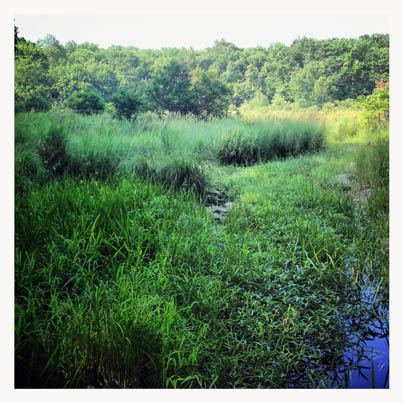Passengers 0 Survivors 0 Registration N274US Summary Pilot error Fatalities 3 (All) | Crew 3 Aircraft type Boeing 727-251 Date 1 December 1974 Operator Northwest Airlines Survivor 0 | |
 | ||
Site Haverstraw, New York, U.S.
(near Stony Point) Destination Buffalo Niagara International Airport Similar Air Vietnam Flight 706, 1974 Norfolk mid‑air co, TWA Flight 514, Pan Am Flight 806, Buffalo 461 | ||
Northwest Orient Airlines Flight 6231 was the fatal crash of a Boeing 727 on December 1, 1974 in Harriman State Park near Stony Point, New York, just north of the New York City area. The Northwest Airlines 727 had been chartered to pick up the Baltimore Colts professional football team in Buffalo in western New York.
Contents
All three crew members on board died when the aircraft struck the ground following a stall and rapid descent caused by the crew's reaction to erroneous airspeed readings caused by atmospheric icing. The icing occurred due to failure to turn on the pitot tube heating at the start of the flight. This was one of two Boeing 727s to crash in the United States that day; the other was TWA Flight 514 in northern Virginia, northwest of Dulles airport.
Accident
The flight was chartered to pick up the Baltimore Colts in Buffalo after the aircraft originally earmarked to transport the team was grounded by a snowstorm in Detroit.
The Boeing 727-251, registration N274US, departed New York City's John F. Kennedy International Airport at 19:14 for a ferry flight to Buffalo. As the craft climbed past 16,000 feet (4,900 m), the overspeed warning horn sounded, followed 10 seconds later by a stick shaker stall warning. The aircraft leveled at 24,800 feet (7,600 m) until it started to descend out of control in a spin, reaching a vertical acceleration of +5g until it struck the ground in a slightly nose down and right wing-down attitude twelve minutes after take-off, at 19:26.
The aircraft had descended from 24,000 feet (7,300 m) altitude to ground level at 1,090 feet (330 m) above sea level in 83 seconds. The crash occurred about 3.2 nautical miles (5.9 km; 3.7 mi) west of Thiells, New York. Police described the crash site as a heavily wooded marshy area and accessibility was hampered by winter weather conditions including wind and a rain-snow mix. Despite the 727's full load of fuel, there was no explosion or fire when the plane hit the ground, and there was no post-crash fire, although police described the crash site having a "strong smell of jet fuel."
Crew
The aircraft had three crewmembers on board. The captain had worked for Northwest for almost nine years. He had just under 7,500 flying hours flying experience, with just under 2,000 hours total time flying the Boeing 727. The first officer had been working for Northwest for almost seven years. He had about 4,700 hours flying experience, of which two thirds was as a second officer (flight engineer). His Boeing 727 experience amounted to about 1,250 hours, but only 46 of that was as a pilot – the other 1,200 hours experience was as a flight engineer. The second officer had been with the airline for almost six years and had 1,600 hours experience as a Boeing 727 Flight Engineer.
Investigation
The National Transportation Safety Board (NTSB) led the accident investigation and released its final report on August 13, 1975.
Investigators found that the pitot heads had ice damage which caused the crew to receive incorrect airspeed readings. The crew, believing the readings were true, pulled back on the control column and raised the nose, which caused the aircraft to stall.
From the NTSB report's abstract:
...the probable cause of this accident was the loss of control of the aircraft because the flightcrew failed to recognize and correct the aircraft's high angle of attack, low-speed stall and its descending spiral. The stall was precipitated by the flightcrew's improper reaction to erroneous airspeed and Mach indications which had resulted from a blockage of the pitot heads by atmospheric icing.
When investigators analysed the 727's voice recorder, the recording revealed that the pilots believed that the shaking of the stick shaker mechanism was caused by the airliner reaching the speed of sound, and not a warning that it was going into a stall.
In that manner, this crash resembles the loss of Air France Flight 447 on June 1, 2009, where the pilots were warned of unreliable airspeed, but failed to perform the necessary procedures.
